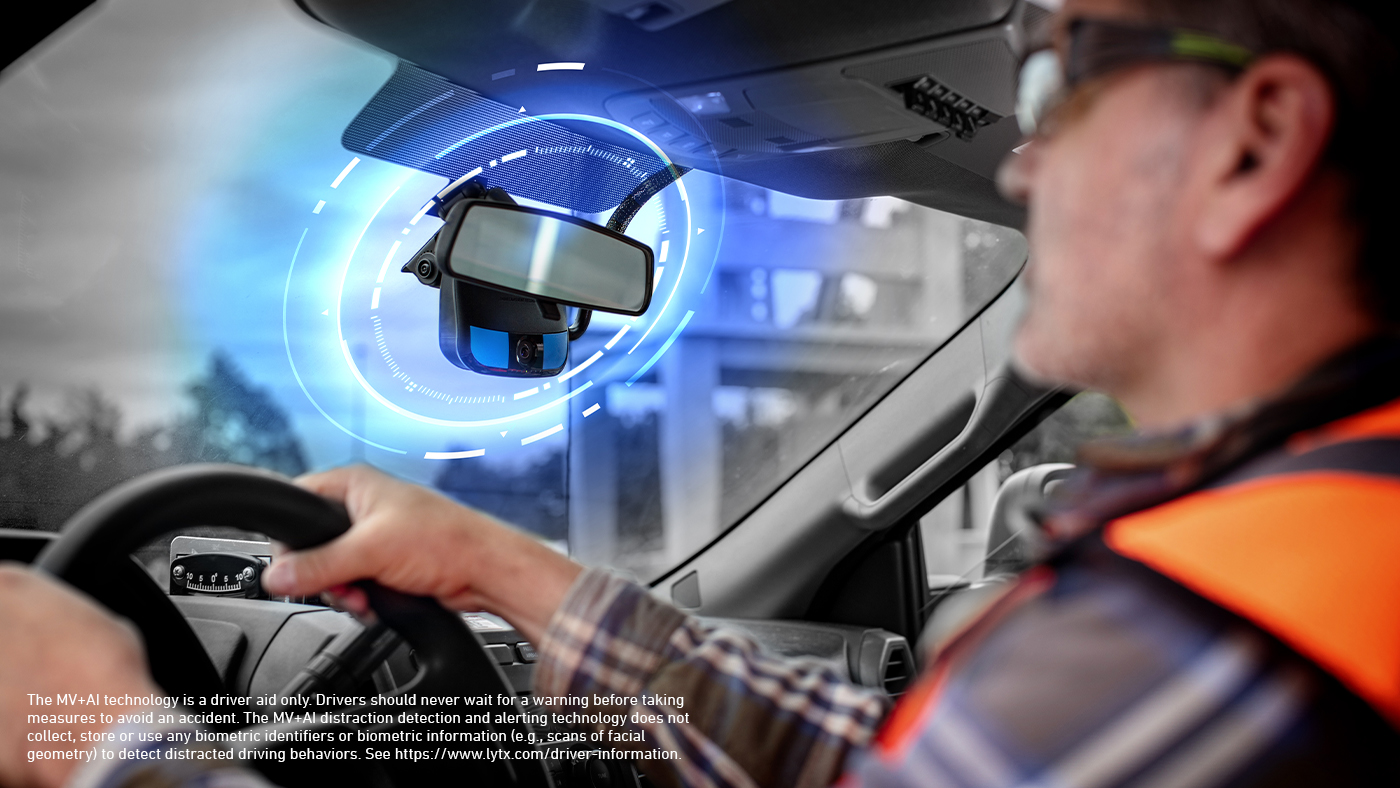The problem
Have you ever stared off into space while you were driving and realized you missed your exit? Your eyes may have been on the road, but your mind was somewhere else.
In the final post of our three-part blog series on distracted driving, we talk about one of the most common and dangerous types of distractions – cognitive distractions.
Cognitive distractions are hard to pinpoint because they are, literally, all in your mind. You could be thinking about an argument you had with your kid earlier that day or about your next delivery. When you’re deep in thought, you don’t always absorb critical information in your environment, such as traffic signs or construction work.
That’s because our brains are constantly prioritizing which information to process and which to discard. All sensory input needs to be committed to short-term memory before being acted upon, according to the National Safety Council (NSC) white paper: Understanding the Distracted Brain. The paper explains that the brain goes through three stages to prioritize and process information before determining what will be committed to short-term memory. This process is called encoding. The problem lies in the fact that what’s encoded and filtered out isn’t always within the driver’s control and important cues can be missed.
The 2013 study "Measuring Cognitive Distractions" by the AAA Foundation for Road Safety revealed that cognitive distractions suppress brain activity, increase reaction time and decrease visual scanning of the driving environment. Even highly-experienced drivers can miss important cues when they’re lost in thought and this can lead to late deliveries, wasted fuel, unnecessary wear and tear on vehicles, and worst of all, costly and tragic collisions,.
Signs to look out for
Video capture of unsafe driving behaviors can reveal interesting insights about distracted drivers. When reviewing video, you might notice that your driver has a blank stare, with no head or eye movements for several seconds. This can indicate a cognitive distraction. This type of distraction can cause a delayed reaction to environmental conditions such as slowing or stopped traffic or an object in the road. The driver may have to swerve or brake suddenly to avoid a collision. Without video, you’d have no way of knowing that distracted driving was the root cause.
How to coach cognitive distractions
Driving for long stretches can get boring, and boredom leads to daydreaming. A daydreaming brain isn’t engaged in the task of driving. The key to reducing daydreaming is to move your eyes frequently to send new images to the brain. This eye movement can keep your mind stimulated and help reduce boredom.
Unresolved problems are another cause of cognitive distractions. By writing down your problems or concerns before driving, you can set them aside to address later. Writing down concerns can also help you find a resolution before you ever get on the road.
Fatigue is another potential cause of cognitive distractions. Not surprisingly, rest is the prescription for success when faced with this issue.
The key to correcting unsafe behaviors is identifying them in the first place. Like all other distractions, cognitive distracted driving behaviors can be coached to reduce the risk of collisions. Getting to the bottom of the behavior and providing coaching support in a positive way can be just what’s needed to get your driver’s mind back on the road.
Don’t miss Part 1: visual distractions.
Don’t miss Part 2: cognitive distractions.
